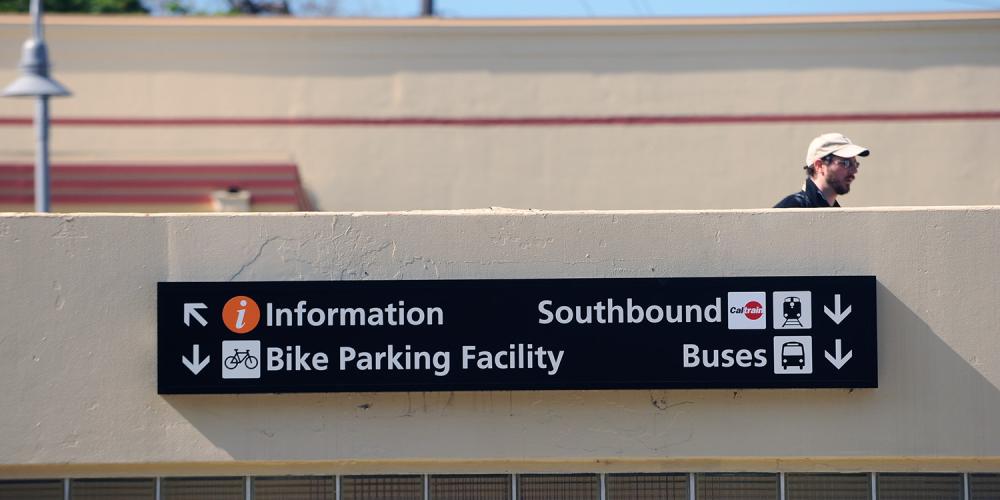
Mobility hubs are community anchors that enable travelers of all backgrounds and abilities to access multiple travel options — including shared scooters, bicycles and cars, and transit — as well as supportive amenities in a cohesive space.
The Metropolitan Transportation Commission (MTC) coordinates, funds and provides technical assistance for mobility hubs to support first and last mile connections through access to multiple travel options.
MTC's Role
MTC aims to:
- Identify mobility hub locations and planning considerations for different hub types
- Establish design and implementation guidance
- Position implementation partners for success
Mobility Hub Goal
The primary goal of mobility hubs is to reduce greenhouse gas emissions (GHGs) by reducing vehicle miles traveled (VMT).
Mobility Hubs Playbook
The Mobility Hubs Playbook is a comprehensive technical assistance guide with implementation strategies, tactical approaches and management techniques.
The playbook covers topics that range from implementation phasing and governance models to customer information and funding. The seven “plays” in this playbook represent steps, actions or strategies that can move your mobility hubs project from plan to installation to maintenance.
Mobility Hubs Playbook by Chapter
- Introduction: Mobility Hubs Playbook
- Play 1: Assign and Configure the Hub Kit of Parts
- Play 2: Phase and Layer Hub Amenities
- Play 3: Enrich the Community
- Play 4: Apply Governance and Management Tools
- Play 5: Inform the Customer
- Play 6: Measure Performance and Iterate
- Play 7: Unlock Funding
Where are Mobility Hubs?
Mobility hubs can be located where transit services already come together, or in communities and locations where transportation is needed the most. MTC has prioritized pilot investments for regionally significant mobility hubs.
Learn more about mobility hub location siting criteria, screening methodology and prioritization.
Mobility Hub Pilot Projects
- Learn about the seven mobility hub pilot projects throughout the Bay Area that were awarded grants by MTC
- MTC is also partnering with TransForm to pilot a site-specific suite of mobility services for residents of affordable housing communities

